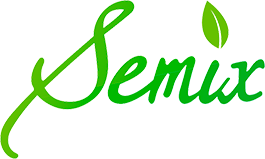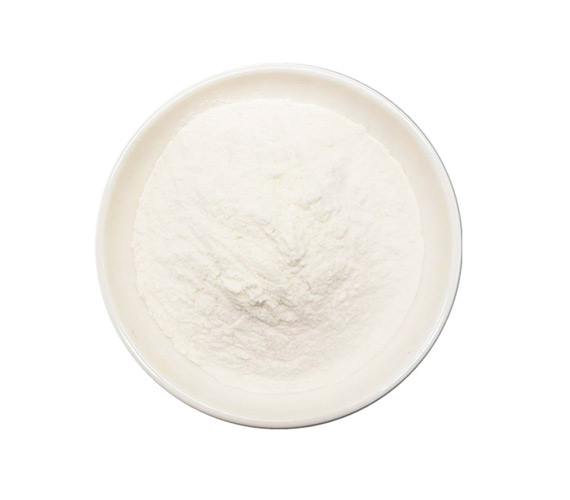
×
Hydrolyzed gelatin is made from the bones and skin of animals such as cows and pigs, which are hydrolyzed under alkali, acid, heat, or enzyme action to obtain small molecule gelatin solution. After refinement, grading, and adjustment of its molecular weight, various hydrolyzed gelatin products with different molecular weights can be obtained.
The molecular weight of hydrolyzed gelatin is low, less than 10,000, and the molecular weight is between 2,000 and 10,000. Due to its small molecular weight, it is more easily absorbed by the human body and can effectively exert its effects compared to collagen. As an enzymatic product of collagen, hydrolyzed gelatin is widely used in industries such as food, cosmetics, medicine, fibers, and coatings due to its inherent physical and chemical properties. The chemical structure of hydrolyzed gelatin still retains the same side chain as gelatin, so it can maintain most of the properties of animal glue, such as surface activity, colloid protection, water retention, and adhesion.
The manufacture of hydrolyzed gelatin first requires the selection of raw materials and the determination of the processing technology for the materials, which is an important link to ensure the quality of the finished product. The pretreatment of the raw materials is to subject the materials to physical and chemical treatments to remove non-collagen components and purify the collagen so that it becomes easy to decompose and extract. The quality and stability of hydrolyzed gelatin mainly depend on the raw materials and the pretreatment process of the raw materials. Industrial gelatin can also be used as raw material for hydrolyzed gelatin to be further hydrolyzed and adjusted in molecular weight.
The decomposition and purification of collagen can be carried out by chemical methods in solutions such as acid and alkali, or by enzymatic treatment for purification using biochemical methods. In recent years, most of the hydrolyzed gelatin produced abroad is processed by enzymatically treating collagen for decomposition and purification, which has achieved good results. After collagen purification, it can be hydrolyzed and extracted in hot water. The solution is then clarified, filtered, graded, and its molecular weight is adjusted to obtain various liquid hydrolyzed gelatin with different molecular weights.
Concentration and sterilization. After the solution obtained by the above method is concentrated to a specified concentration at low temperature, it should be immediately sterilized at high temperature to proceed to drying.
Drying. Drum drying or other types of dryers can be used. The resulting powder is the finished product.
Production methods of hydrolyzed gelatin. The production methods of hydrolyzed gelatin can be divided into four types: acid method, alkali method, high temperature thermal decomposition method, and enzymatic method.
Acid method and alkali method
The process is simple and low cost, but the product has a higher salt content, a relatively wide distribution of relative molecular weight, and higher requirements for equipment materials.
High temperature thermal decomposition method
The product has low salt content, but it takes a long time for hydrolysis, requires pressure operation, and the distribution of relative molecular weight is uneven and difficult to control.
Enzymatic method
The production cycle is short, the distribution of relative molecular weight of the product is narrow and easy to control. It is currently a more advanced method, and it is widely used in the production of hydrolyzed gelatin in the food and cosmetics industry. The enzymatic method process includes: animal bones, skin, and other raw materials → pretreatment → predetermined water ratio → enzyme addition → hydrolysis → enzyme inactivation → decolorization → filtration → sterilization → vacuum concentration → drying → inspection → finished product.

+860573-87998299